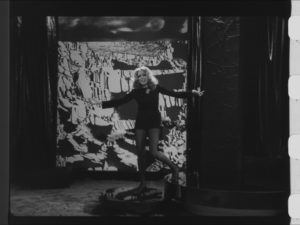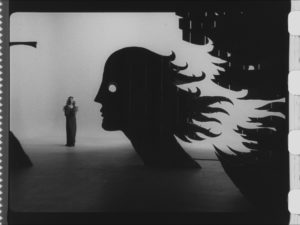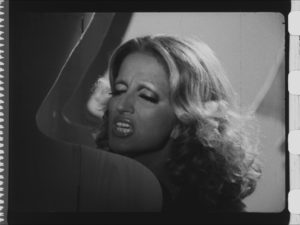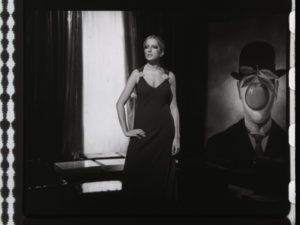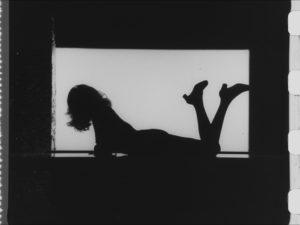Carosello and Contemporary Art
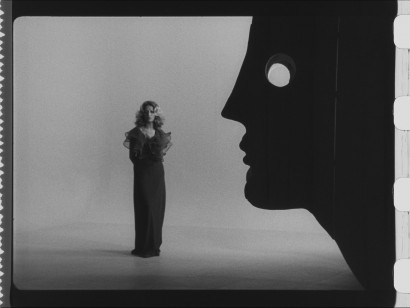
By Emmanuel Grossi
Carosello, with its movie profile, at times resembling documentaries, its great actors, important directors, its narrative breadth, and its settings defined to smallest detail is the direct descendant of the Seventh Muse, Cinema. However, what renders it so interesting are manifold contaminations with instances coming from television, theater and any other form of show, entertainment and communication. This includes Figurative Arts.
In twenty years (short of one month) of broadcasting, and tens of thousands of commercials, we saw a bit of everything: shooting inside museums and wandering around those “open air museums” that our Art Cities are, fascinating parallelism between Medieval and Renaissance fresco paintings and the same views in modern times (for Carapelli), serious or playful re-enactments of Masters of the past (an omnipresent Leonardo da Vinci above all), and even precious interviews to contemporary personalities (Bartoli, Bueno, Cagli, Capogrossi, Gentilini, Guttuso, Levi, Minguzzi, Salvatore, Sassu) while they create their works of art and are caught on camera on behalf of the Fabbri and Stock distilleries.
However, the strongest tie and the greatest visual and media impact is surely that which the Barilla shorts for Carosello filmed by Valerio Zurlini between 1969 and 1970 give back to us. These were aired in three tranches during the entire course of 1970.
The origin of this series must be researched in the passion for contemporary art that the movie director and Pietro Barilla shared in common, through their friend and Art Historian Luigi Magnani. A native of Parma as well, it is told that he encouraged the industrialist to create the prestigious collection that is still nowadays a patrimony and pride of the Family and of the Company.
A profound knowledge of this field and a renowned taste for aesthetics prompted Zurlini to shoot about fifteen Carosello commercials with a dual focus, with the consent of the client: Mina, who he already directed in 1965 in the debut series for Barilla, and works of art, dominating all of the shorts as faithful copies made by master craftsmen of the Teatro alla Scala laboratory.
Enrico Tovaglieri, the Milanese set designer who authored the various Carosello sets, is the one who reveals this detail to us. Shortly after, he also designed the staging of the theater tour of Mina and Giorgio Gaber (and Zurlini’s movie The first night of quiet), and later on he also worked on the long series of commercials When Mills were white for Mulino Bianco.
The artistic level (never such word was more appropriate) was so elevated that we cannot fully catch all of the references quoted by the director. Some works of art are completely identifiable: paintings by Alberto Burri and René Magritte, the sculptures by Mario Ceroli… But, as Nino Vanoli, who at the time was the producer of the McCann Erickson agency (and that we exceptionally see appearing and impersonating a devil in Sacumdì Sacumdà) recalls, even the fringe curtains, the silhouette, the backlighting and the various glimpses are precise citations, mostly of art installations exhibited at the Venice Biennial…
And in the midst of this endless flow of art and culture, Mina, with her beauty and her voice.
